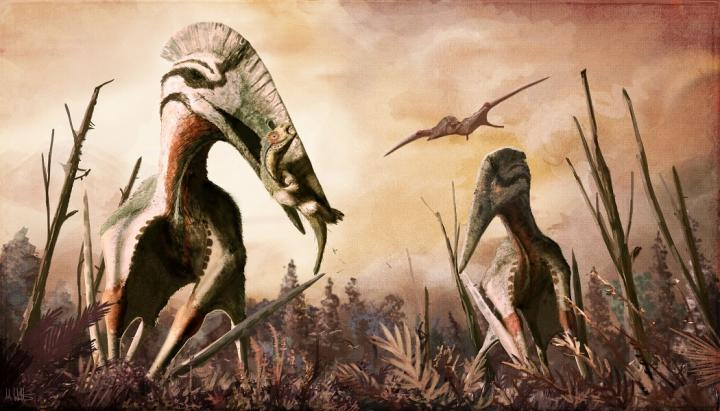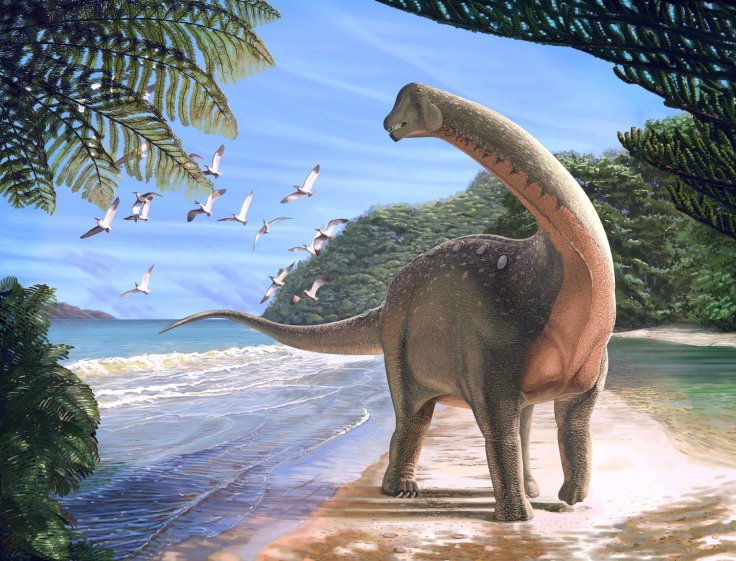Many scientists and experts have earlier claimed that around 66 million years ago, a giant asteroid hit the earth that caused the extinction of the ancient predators, dinosaurs.
But as per a new study, apart from killing the giant ancient Jurassic era species, the asteroid impact also created a huge pool of magma many times larger than the crater located at the center of Yellowstone National Park.
Incident That Almost Killed all the Living Species

The incident, known as the Chicxulub impact event, whitewashed 75 percent of all existing life on Earth. As per a research report, published on May 29 in Science Advances, the asteroid produced a massive hydrothermal system filled with magma chamber that lasted millions of years.
After the massive space rock hit Earth, it created about 100 million megatons of energy and likely produced winds in excess of 600 miles per hour near the impact center which caused the vegetation, soil, and animals to wipe out. It should be noted that as per the researchers, the produced energy was enough to melt the part of the Earth's crust which led to the creation of a "central melt pool" of magma that lasted for hundreds of thousands of years.
Chicxulub Impact Event

While explaining the recent findings, David Kring, the first author of the study and a researcher from the Lunar and Planetary Institute in Texas told Gizmodo that "Chicxulub is the largest, best-preserved crater on Earth and is thus our best example of the craters that were produced early in Earth history."
In addition, he also mentioned that there were thousands of craters its size and larger when life flourished on the blue planet. As per Kring, there is evidence that suggests that "Life emerged from hydrothermal systems, potentially produced by impacting asteroids and comets."
To find out about the asteroid impact event the group of researchers along with Kring examined chemically altered rocks collected from the Chicxulub crater. Two groups of international scientists conducted a drilling expedition and provided these samples which were collected from deep below the seafloor.
In another study, published earlier this week in Nature Communications, revealed that slammed into Earth at the "deadliest possible angle." British scientists who conducted a simulation revealed that the asteroid claimed to be larger than Mount Everest, hit the blue planet at an angle of about 60 degrees that maximized the number of climate-changing gases which were thrust into the upper atmosphere of Earth.
Lead researcher of this study Gareth Collins, at the Imperial College London's Department of Earth Science and Engineering, said in a statement, "For the dinosaurs, the worst-case scenario is exactly what happened. The asteroid strike unleashed an incredible amount of climate-changing gases into the atmosphere, triggering a chain of events that led to the extinction of the dinosaurs. This was likely worsened by the fact that it struck at one of the deadliest possible angles."









